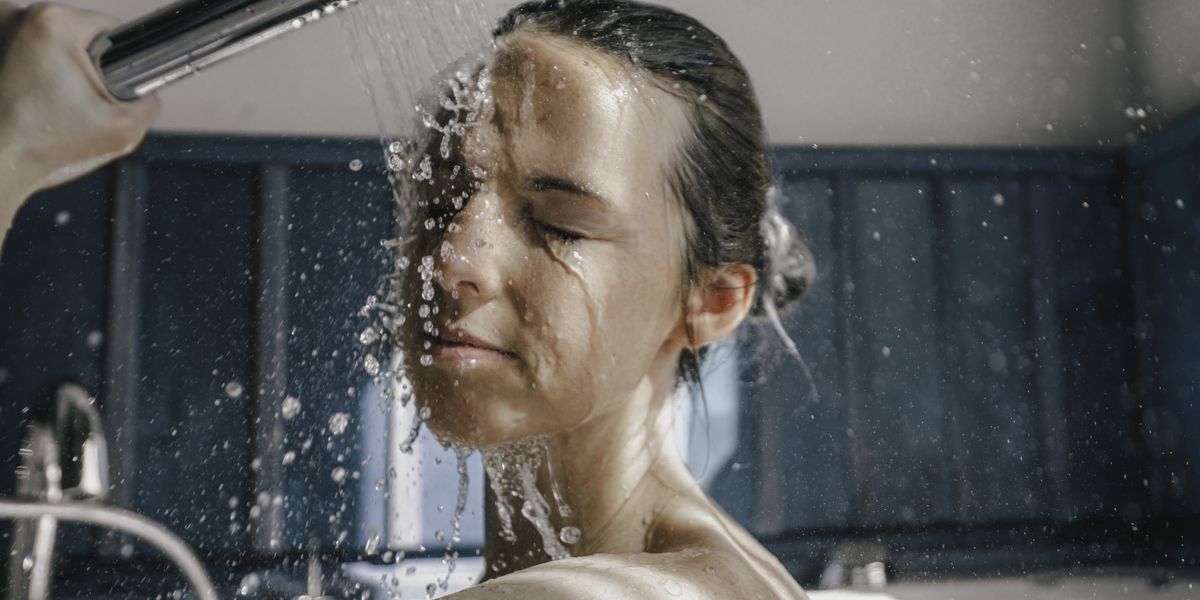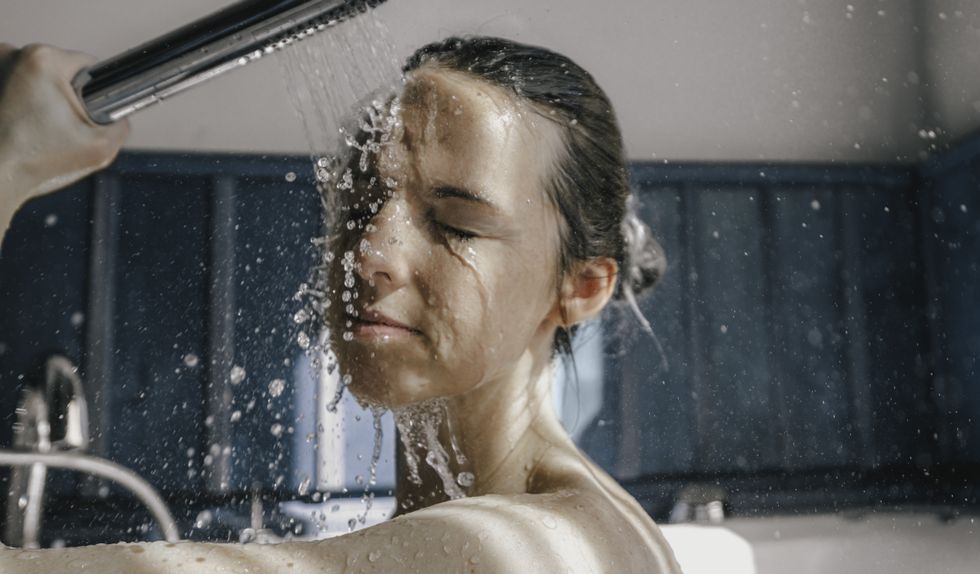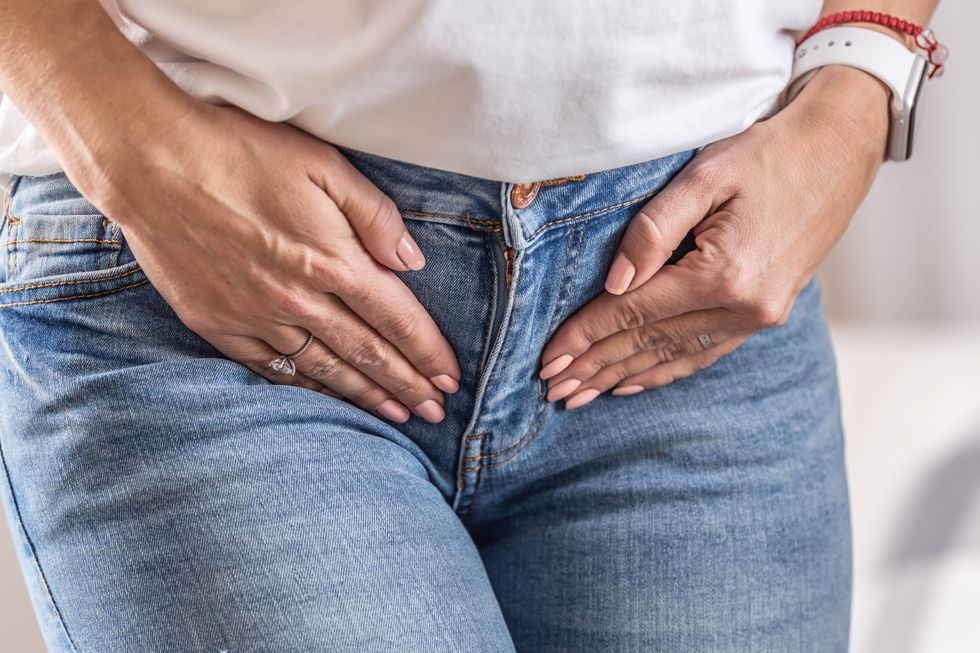



A staggering 61 per cent of people urinate whilst showering, according to recent statistics, but medical experts have issued stark warnings about its associated health risks.
A recent TikTok by @kingsley502 went viral after shining a light on the contentious habit, urging viewers: "Hot take but don’t pee standing up in the shower or anywhere for that matter.
"Ladies, you are training your bladder so that it’s okay to empty while standing. Don’t do it! This could cause bladder leakage."
Prominent Australian Dr Zac Turner reiterated that the seemingly harmless practice could lead to serious long-term health consequences, particularly for women.

Peeing in the shower can lead to health complications
GETTY
"The female body is designed to urinate in a seated or squatting position, which allows the pelvic floor muscles to fully relax and the bladder to empty effectively," Dr Turner told news.com.au.
His concerns extend beyond simple hygiene issues to encompass bacterial infections, pelvic health problems and bladder conditioning effects.
Contrary to popular belief, urine is not sterile and contains bacteria even in healthy individuals, the doctor warned. This poses particular risks when showering, as bacteria can spread across the skin and feet.
The danger increases significantly if there are cuts or broken skin, potentially leading to reinfection or the spread of urinary tract bacteria.
Those already suffering from UTIs face heightened risks, as their urine contains higher bacterial levels.
What's more, women face particular vulnerability, being four times more likely to develop UTIs than men.
The practice of urinating whilst standing in the shower can interfere with complete bladder emptying, creating conditions for bacterial growth.
"When standing upright in the shower, those muscles may stay partially engaged, meaning the bladder may not fully empty," Dr Turner warned.
This incomplete emptying can strain the bladder over time, potentially causing residual urine retention and urgency problems.
The practice can also condition the brain-bladder reflex in problematic ways. "You can condition the bladder to feel urgency when it's not actually full, leading to an overactive bladder or urge incontinence over time," he added.
A 2017 study applied Pavlovian theory to demonstrate how repeated exposure to shower cues can increase urinary urgency, even when the bladder isn't full.
Several warning signs indicate potential urinary health problems. "One of the first and most obvious signs of a urinary tract infection is a stinging or burning sensation when urinating," explained Dr Turner.

The female body is designed to urinate in a seated or squatting position
GETTY
"It's caused by inflammation and irritation of the urethral lining due to bacterial overgrowth."
Increased toilet frequency and urgency are additional red flags. "If you feel like you can't hold it, this could mean your bladder is irritated, inflamed, or conditioned into urgency," he explained.
Stress incontinence, characterised by urine leakage during exercise, laughter or sneezing, suggests weakened pelvic floor muscles.
"Cloudy, bloody, or foul-smelling urine is a more classic infection sign. Blood in the urine should always be taken seriously and checked by a doctor, even if it appears just once," warned Dr Turner.
